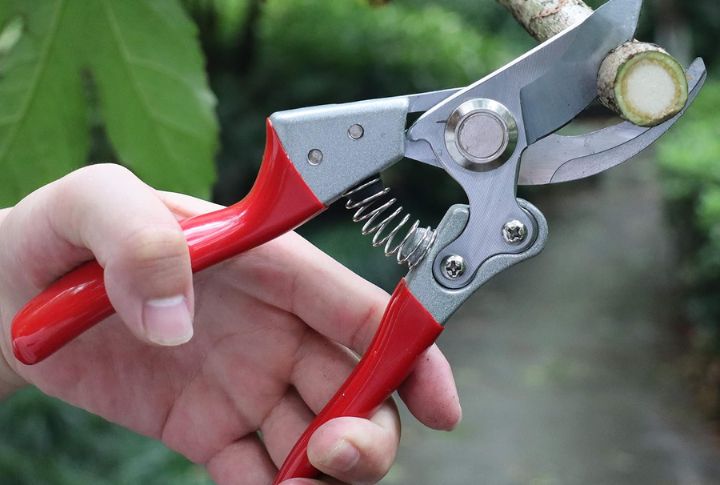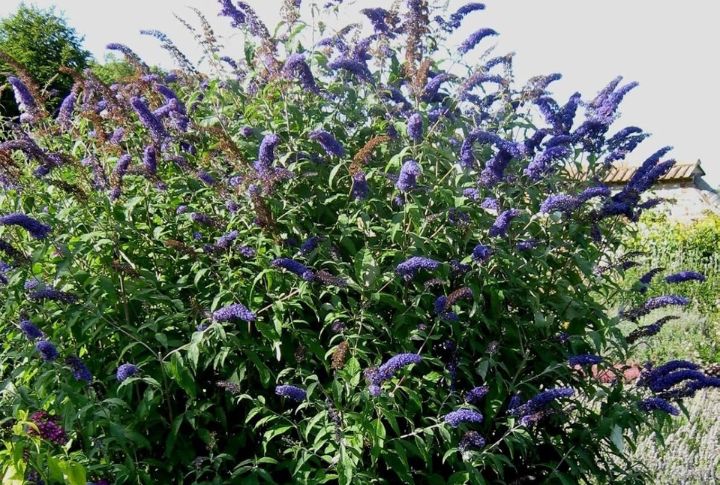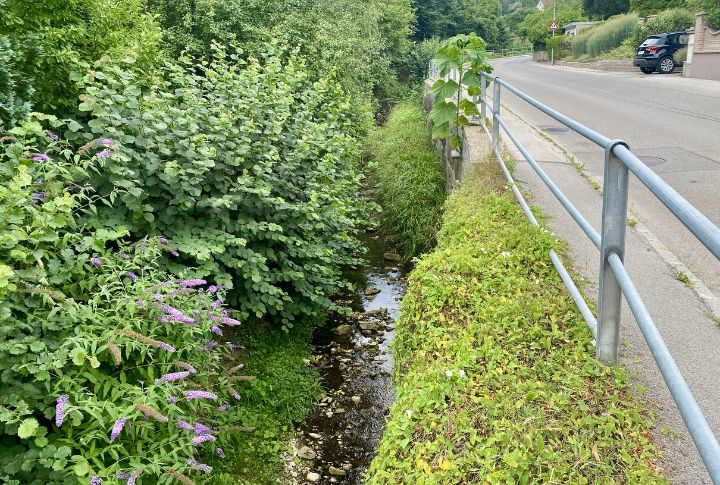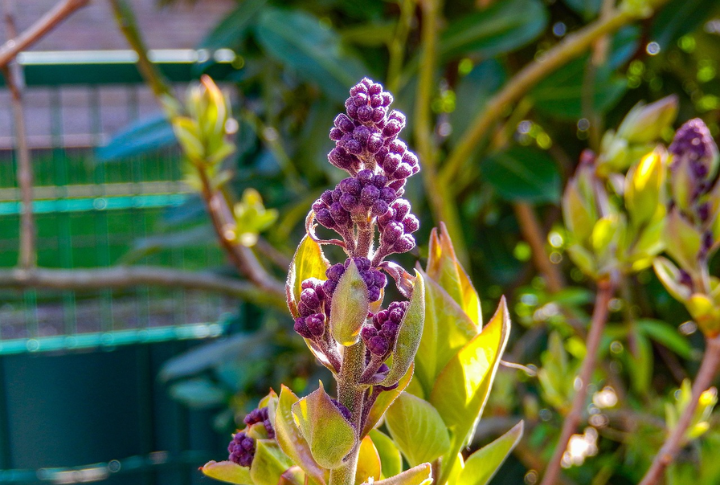
Butterfly bush remains a staple in garden centers and backyard sceneries, often seen as a gift to pollinators. Yet science tells a more troubling story. Conservationists and ecologists argue that it poses more of a threat than a benefit, particularly to native species. Here are 10 reasons why you should steer clear of this widely misunderstood plant.
Disrupts Native Plant Communities

What begins as a harmless backyard planting can quietly become an ecological issue. Butterfly bush often escapes cultivation and establishes itself in nearby wild areas. There, it displaces native species that insects and mammals rely on. This displacement reduces food sources and habitat variety, making it harder for native species to maintain stable populations.
Fails To Support Butterfly Life Cycles

It may attract adult butterflies, but that’s where the benefits end. Butterfly bush offers no food or shelter for caterpillars, which is the critical early stage of the butterfly life cycle. Without host plants like milkweed or nettle, butterflies can’t reproduce effectively. So, if you think this shrub is a good substitute for a meaningful habitat, you’re mistaken.
Maintenance Burden Often Gets Overlooked

Many gardeners are unaware of the extensive pruning required to maintain butterfly bushes. That’s because it is often marketed as low-maintenance, but without regular deadheading, it produces seeds that can spread easily. In practice, it demands frequent attention throughout the growing season. That means another chore gets added to the list.
Crowds Out Local Pollinator Food Sources

Butterfly bush often dominates space that could support a variety of native flowering plants. When it’s given priority, diverse nectar sources are lost, and many pollinators, especially bees and moths, are left without essential food. Specialists in pollinator ecology caution that the loss of plant variety can weaken entire insect populations over time.
Still Produces Viable Seeds Despite Sterile Claims

Some butterfly bush varieties, such as the pugster series, are labeled sterile, but field observations and seed testing have shown that many still produce viable seeds under typical garden conditions. These seeds can spread unnoticed and take root beyond the intended area, creating control issues even when the plant is deemed “low-risk.”
Restricted In Some States Due To Invasiveness

Certain U.S. states have enacted restrictions on planting Buddleja because of its impact on native ecosystems. In Oregon and Washington, for example, specific varieties are banned or regulated. These policies are based on research linking butterfly bush to habitat disruption in sensitive natural areas.
Can Harbor Pests That Spread Easily

Butterfly bush is susceptible to common garden pests, including spider mites and aphids. These insects often spread to nearby plants, especially in warm, dry conditions. Infestations can stress native species planted alongside it and lead to heavier pesticide use in areas where Buddleja grows unchecked.
Difficult To Eradicate Once Established

Once the butterfly bush takes root beyond the garden, it’s tough to remove completely. Even after cutting it back, root fragments often regenerate. Some of the seeds can even lie in the ground for years and still be able to germinate. In areas where it escapes, complete removal often takes multiple seasons and consistent re-clearing to prevent regrowth.
Expands Its Range As Climate Warms

Butterfly bush is becoming invasive in new areas as warming temperatures expand its growing zone. States that once saw it as marginal now report naturalized growth along roadsides and riverbanks. This shift makes long-term management unpredictable, especially in ecosystems already stressed by climate change.
Spreads Along Waterways And Disturbed Soils

Once introduced into weakened environments, butterfly bush finds little resistance. Areas affected by erosion or recent construction provide the open ground it needs to take hold. Its presence in these spots can stall native plant succession; consequently, ecological recovery becomes far more difficult than many gardeners expect.

